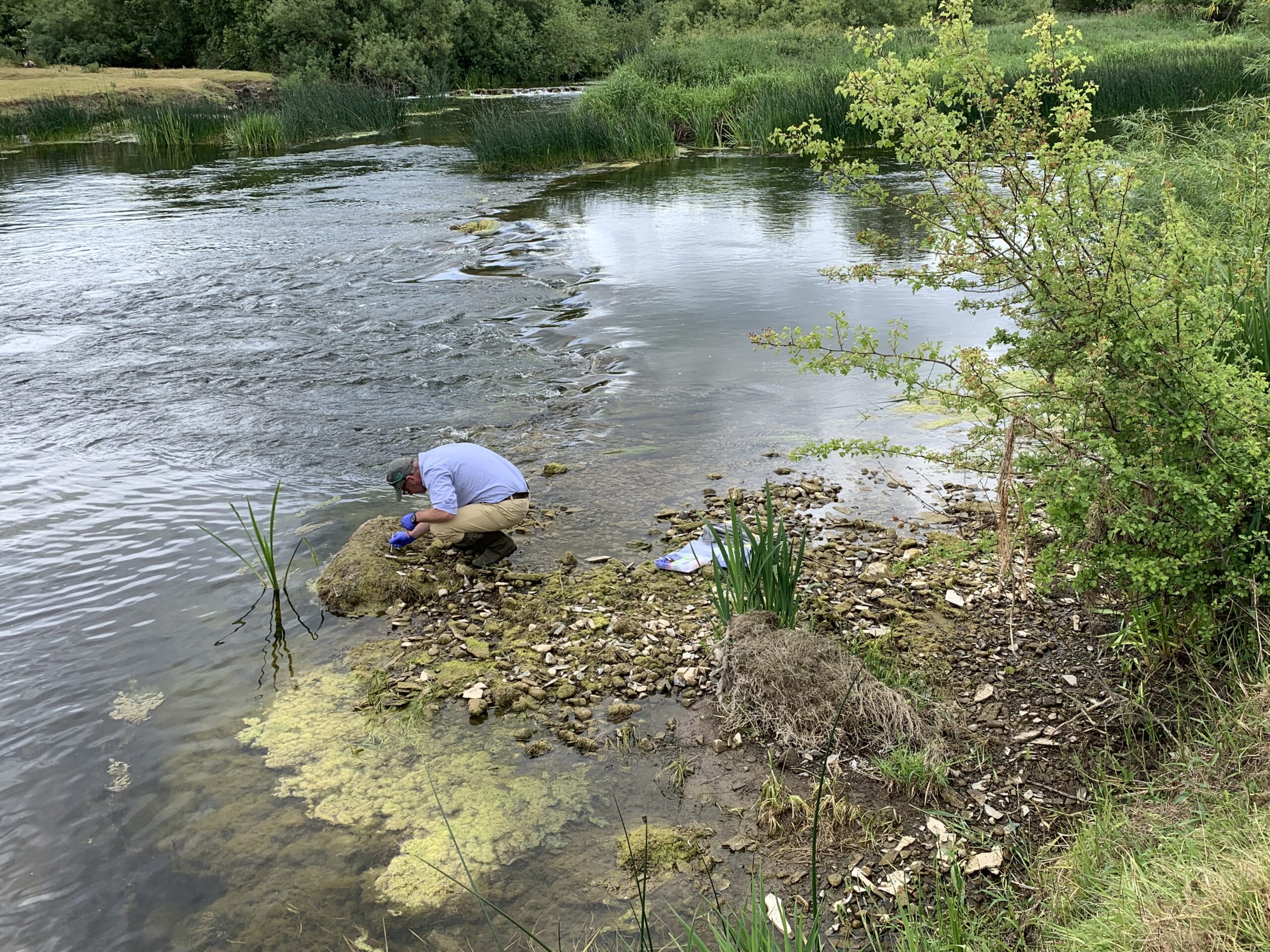
Environmental DNA ( eDNA), is DNA that is collected from a variety of environmental samples such as water, soil, snow etc., rather than directly sampled from an individual organism. As various organisms interact with the environment, DNA is expelled and accumulates in their surroundings. Example sources of eDNA include: faeces / scat / mucous, shed skin, fish scales etc. Such samples can be analysed by high-throughput DNA sequencing methods for rapid measurement and monitoring of biodiversity. The analysis of eDNA has great potential, not only for monitoring common species, but to genetically detect and identify other rarer species and is quickly becoming a key monitoring tool for conservation biologists. This method allows for biomonitoring, using for example water samples from fresh, brackish, or salt water, without requiring collection of the living organism. Access to such genetic information can make a critical contribution to the understanding of population size, migration patterns, species distribution, and population dynamics.
For a number of years my friend and colleague from University College Dublin, Jens Carlsson ( https://people.ucd.ie/jens.carlsson) , with funding from the Atlantic Salmon Trust, has worked on developing eDNA assays for detecting the presence of salmon and trout in water samples from the freshwater and marine environments. Recently this work has been greatly expanded and now covers a wide range of key species of conservation interest such as eel, lamprey and shad. I’m delighted to be working with the team in UCD / AST on the development of this exciting new technology to assess the diet and feeding patterns of fish eating birds ( https://atlanticsalmontrust.org/knowledge/research/edna-project/).